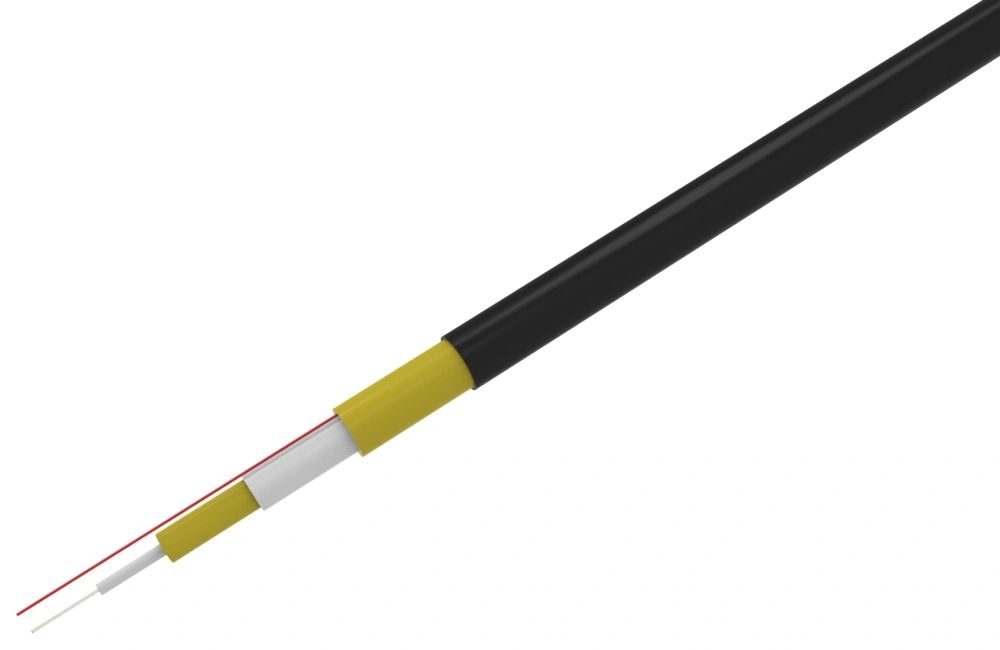The Power of Optical Cables in Maximizing Data Transfer Speed and Efficiency

Optical cables have emerged as a groundbreaking solution in enhancing data transfer across various industries. With their unique characteristics and advanced technology, these cables offer a multitude of benefits that are revolutionizing the way data is transmitted and received.
Unlike traditional copper cables, optical cables transmit data using light signals, enabling faster and more efficient transfer rates. These cables leverage the principles of fiber optics, where pulses of light are transmitted through thin, flexible strands of glass fibers. The light signals are then converted into electrical signals at the receiving end, ensuring seamless and rapid data transfer.
Unparalleled Speed and Bandwidth
One of the key advantages of optical cables is their ability to offer unparalleled speed and bandwidth. These cables can transfer data at the speed of light, allowing for swift transmission of large volumes of data in real-time. This makes them particularly well-suited for industries that require fast and uninterrupted data transfer, such as telecommunications, healthcare, and cloud computing.
Furthermore, optical cables have a significantly higher bandwidth capacity compared to traditional copper cables. This means they can handle a larger amount of data simultaneously without any loss of quality or speed. As a result, businesses can experience seamless data transfer, improved productivity, and enhanced communication capabilities.
Secure and Reliable Data Transmission
Another crucial aspect of optical cables is their exceptional security and reliability in data transmission. Unlike copper cables, optical cables are immune to electromagnetic interference, ensuring that data remains secure and intact during transmission. This makes them an ideal choice for industries that deal with sensitive and confidential information, such as banking, defense, and government sectors.
Moreover, optical cables have a significantly lower risk of data loss or degradation compared to traditional cables. They are resistant to signal degradation over long distances, ensuring that data arrives at its destination with minimal errors. This reliability enables businesses to achieve seamless data transfer, reducing the risk of operational disruptions and financial losses.
Future-proof Infrastructure for Long-Term Success
In an era driven by technological advancements and increasing reliance on data, investing in optical cables provides businesses with a future-proof infrastructure. These cables offer scalability, allowing for easy expansion and modification of data networks as the business grows. By adopting optical cables, companies can ensure that their data transfer capabilities remain at the forefront of technology, giving them a competitive edge in the industry.
Additionally, optical cables are compatible with various existing network infrastructures, making it easier for businesses to transition from traditional cables to optical ones without significant disruptions. This flexibility enables companies to harness the benefits of optical cables while seamlessly integrating them into their existing systems.
Adoption Across Industries
The proliferation of optical cables spans across various industries, each benefiting from the enhanced data transfer capabilities these cables offer:
- Telecommunications: Optical cables play a vital role in ensuring high-speed internet connectivity, enabling seamless voice and video communication.
- Healthcare: Optical cables facilitate the transfer of large medical imaging files, allowing for efficient diagnoses and seamless patient care coordination.
- Finance: The finance industry relies on optical cables to ensure secure and reliable data transfer for critical financial transactions and sensitive information handling.
- Cloud Computing: Optical cables form the backbone of cloud computing infrastructure, supporting the rapid transfer of vast amounts of data stored in data centers.
- Manufacturing: Optical cables enhance automation and control systems, enabling real-time data monitoring and analysis to optimize production processes.
From telecommunications to finance and beyond, the adoption of optical cables has become instrumental in unlocking the full potential of data transfer across industries, empowering businesses to thrive in today's digital world.
Conclusion
Optical cables have emerged as a game-changer in the realm of data transfer, offering unparalleled speed, security, and reliability. With their ability to handle large volumes of data and provide future-proof infrastructure, optical cables are revolutionizing industries such as telecommunications, healthcare, finance, cloud computing, and manufacturing. By embracing optical cables, businesses can enhance their data transfer capabilities, improve productivity, and gain a competitive edge in an increasingly interconnected world.



